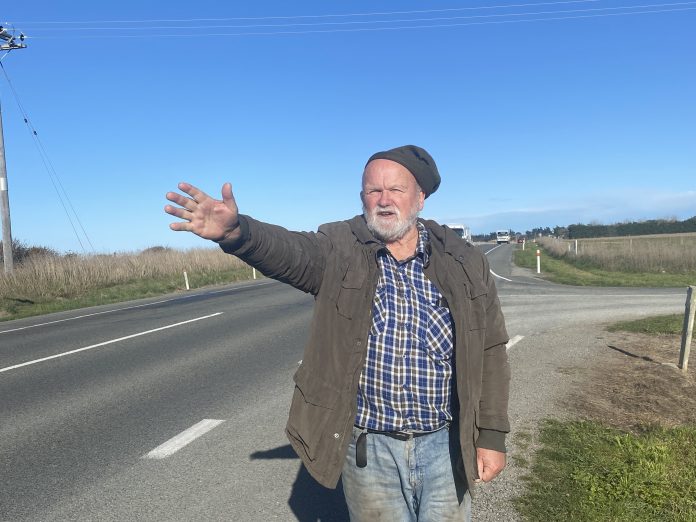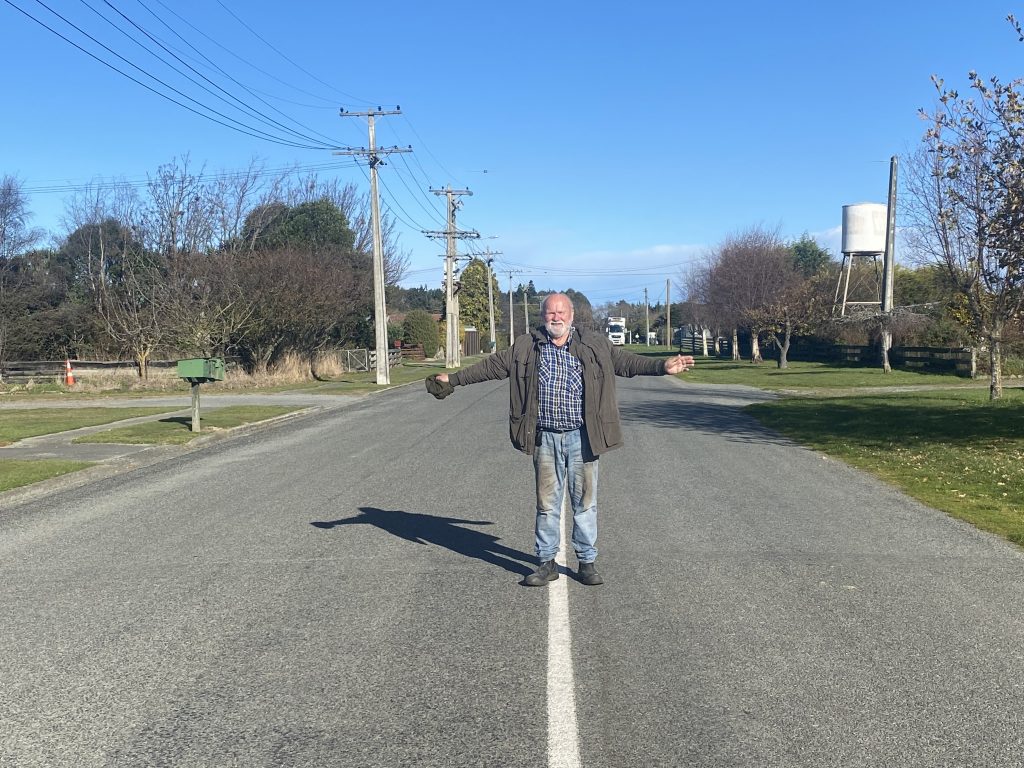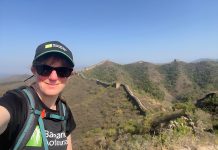
St Andrews residents say a median barrier proposed for State Highway 1 south of Timaru would be a potential death trap.
The St Andrews Residents and Ratepayers Association has asked Waka Kotahi New Zealand Transport Agency (NZTA) to re-think plans for the stretch of highway between their village and Timaru, which has been the scene of five fatal and 16 serious crashes in the past decade.
NZTA has proposed to improve road safety in the area which include median and side barriers with several turnaround options as well as intersection upgrades to reduce fatal and serious crashes on the accident-prone section of SH1.
There would also be roundabouts at Beaconsfield Rd and Pooke Rd, Pareora, to slow traffic, making it safer and easier to turn on and off the highway.
St Andrews Residents and Ratepayers Association secretary Bern Sommerfeld said there was support for most of what was being proposed except for the median and side barriers.
‘‘Median barriers are appropriate for four-lane motorways but they are a potential death trap on two lane highways.
‘‘In an emergency there is nowhere to go to get out of the traffic.’’
A median barrier would also be a serious inconvenience for the many people who lived along the stretch of SH1 and an impediment to ambulances, police vehicles and fire engines, Mr Sommerfeld said.
‘‘We think there are about 40 gateways opening on to the highway between St Andrews and Timaru and about a dozen small side roads.’’
In a submission to NZTA, the residents association said over the past three decades there had been few accidents on that section of SH1 between St Andrews and Timaru which involved vehicles crossing the centre line and creating a head-on collision.
Most had been caused by failure to give way at intersections, as at Pareora, or driving off the road into the left-side berm.
The vast majority of those latter accidents had not involved damage or injury, but a side barrier would pose a dangerous impact potential and force an out-of-control vehicle back into the traffic stream, residents said.
Roading contractors and linesmen often directed traffic across the centre line with temporary lights, cones and traffic wardens while undertaking regular maintenance work, Mr Sommerfeld said.
Side and median barriers would effectively close one or both lanes of SH1 during those operations.
‘‘We have suggested that there are several places on this section of SH1 where passing lanes could be installed to ease the flow of traffic at busy times. Instead of replacing the current simple centre line with a dangerous solid median barrier, the committee suggests a wider centre berm with plantings would be a much safer and effective alternative.’’

NZTA director regional relationships James Caygill said the organisation was ‘‘really impressed’’ with the number of comments and the quality of suggestions they received on their proposed safety improvements for between Timaru and St Andrews.
‘‘It is very clear to us that safety along this stretch of highway is a priority for the community.’’
Mr Caygill felt it was important the organisation achieved an appropriate level of highway access for everyone, and met safety requirements and investment targets while supporting the efficiency of SH1.
Some of the other concerns raised were the speed limit — particularly through Pareora — collection of wheelie bins, school buses stopping and turning, increased travel due to the median barrier affecting residents, industry and businesses, driver sightlines being blocked by geographical features and trucks stopping on the side of the highway, he said.
NZTA would come back with a community consultation summary report which would comprise what they heard and include responses to key themes and questions.
‘‘At the same time, we will continue to check in with key stakeholders and people in the community as we refine our plans.’’
That step could take a few months, he said.
‘‘So please bear with us.’’
While they could not reply to every email, that did not mean the feedback had not been taken on board, Mr Caygill said.




